Dust is a common part of life in workshops and industrial environments. It is also a health hazard. Dust collection systems are one of the best ways to keep air quality up to standards. This guide explores what dust collection systems are, how they work, how to use them effectively, what they cost, and the best ones on the market.
Table of Contents:
– What is a dust collection system?
– How do dust collection systems work?
– How to use a dust collection system
– How much does a dust collection system cost?
– Top dust collection systems
What is a dust collection system?
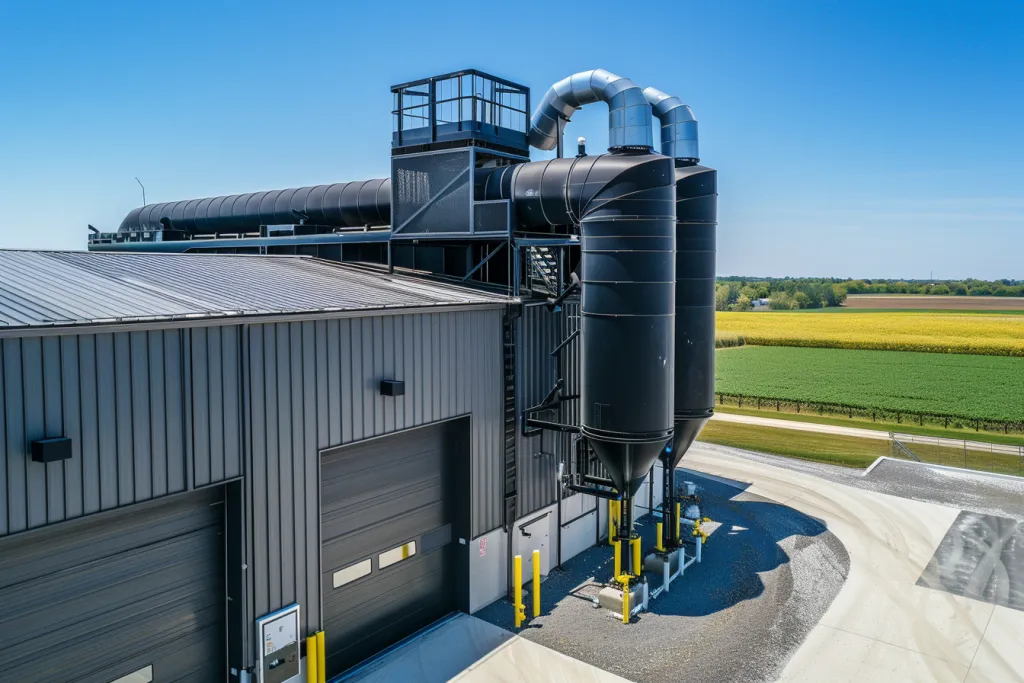
A dust collection system is an engineered apparatus of parts to catch, move, and clean particles from industry and commerce. It improves the quality of air in a workspace, reduces the fouling of machinery, and protects the lives and health of workers.
Usually, the components of a dust collection system are: a dust collector, ducts, hoods to pick up the dust, filters, and a blower or fan to remove the contamination from the air.
How do dust collection systems work?
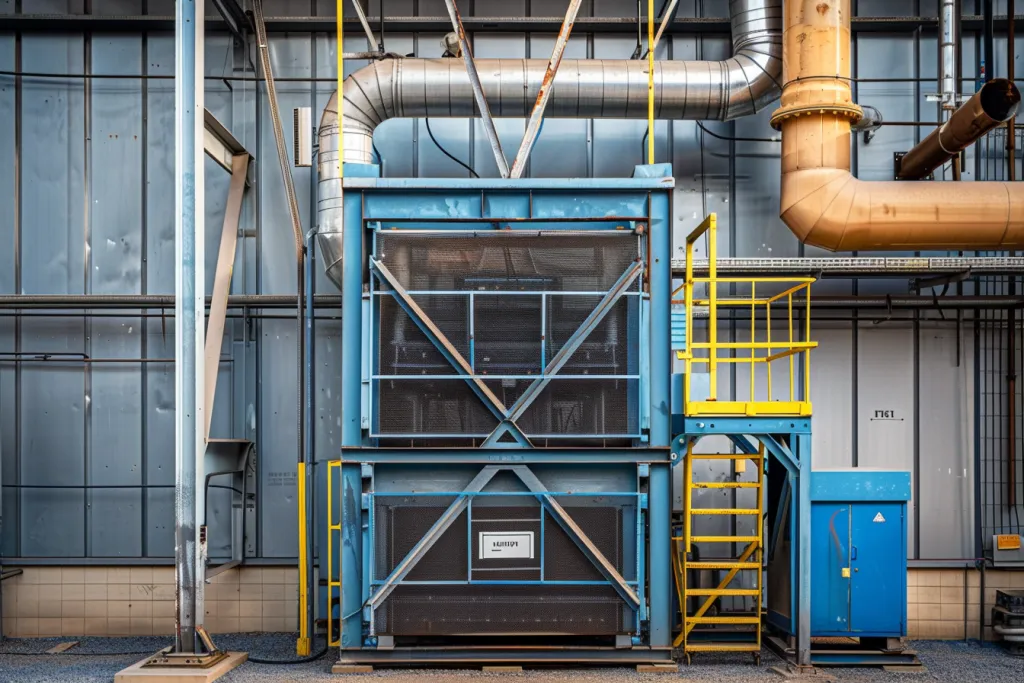
Dust collection systems rely on the principle of capturing dust at its source and safely transporting it away to a collection point for disposal or recycling. Dust is collected first at the emission source by a hood or nozzle which then draws the dust-laden air to the ductwork by means of a blower or fan. As it travels to the collection point, air passes through filters that trap dust particles, allowing clean air to pass through and back into the environment or to be recycled into the system.
The trapped dust is collected in bins, bags or hoppers for disposal or further processing.
How to use a dust collection system
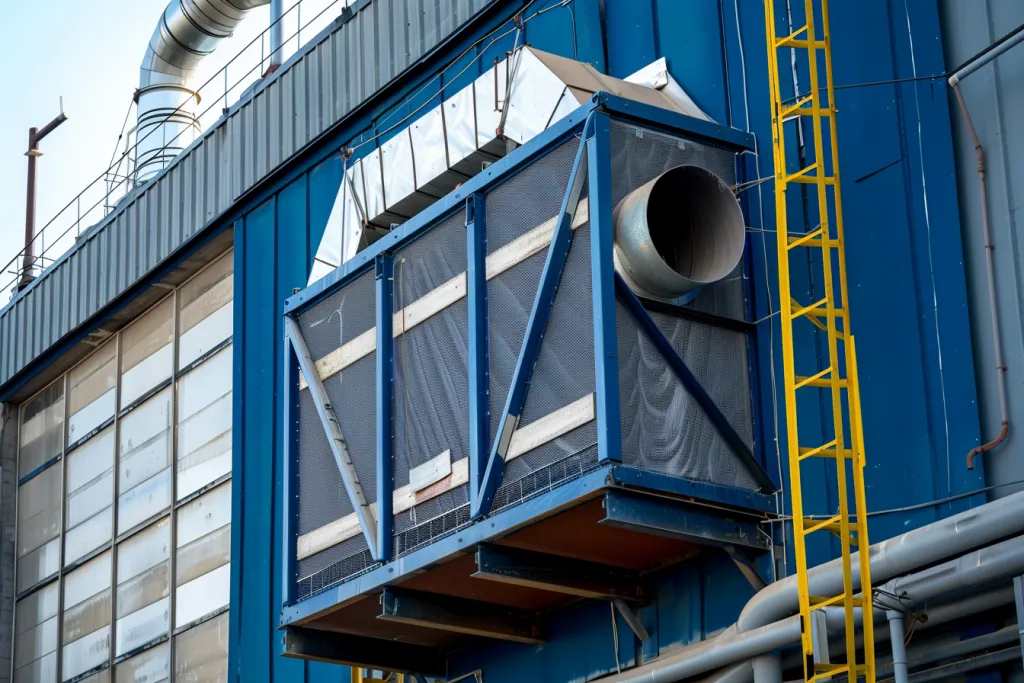
To use a dust collection system effectively, it’s necessary to know what the key components are and what they do. Begin by ensuring that hoods and other suction points are all correctly placed where dust can be captured at its source. Check, clean and maintain the ductwork and filters to keep them clear of dust and clogs. Also make sure that you choose the correct type of filter for your dust type, and replace or clean filters according to the manufacturer’s instructions. Train employees to ensure that the system is used correctly, that dust is eliminated from the work area, and that the filter is changed according to schedule to keep dust off the plant, workers and products.
How much does a dust collection system cost?
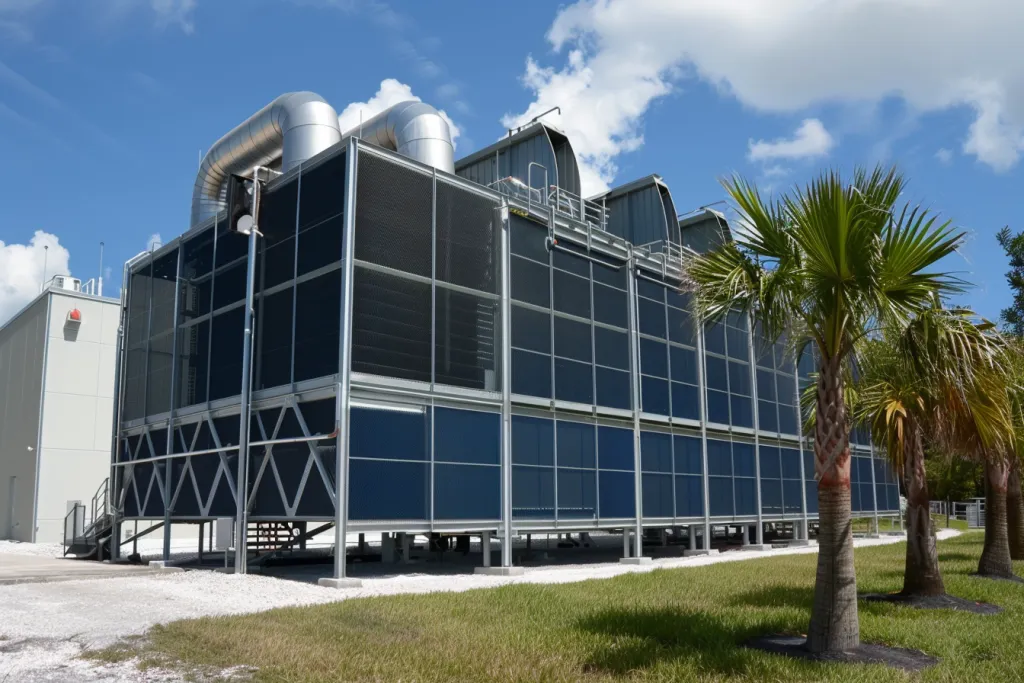
Prices for dust collection range from a few hundred dollars for small benchtop systems and portable workshop units to the tens of thousands for larger, custom-engineered systems designed for industrial applications. Factors that enter into the final price for the dust collection system include the size of the unit, the number and type of filters, the length of ductwork needed to reach the source of the dust, and any special features such as fire and explosion protection. Savings – both financial and non-financial – should also be considered when trying to answer the question of cost. These might include reduced costs for cleaning and inspection activities and greater safety and productivity.
Top dust collection systems
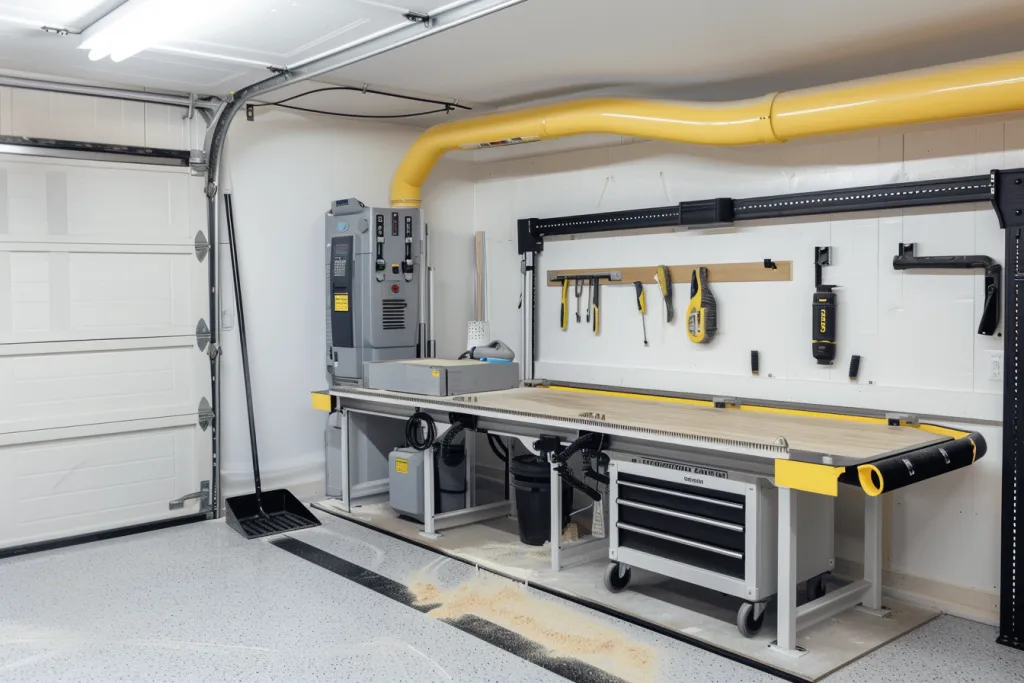
There are several leading models that are renowned for their reliability, efficiency and value. For small to mid-sized workshops, the Jet DC-1100VX-CK is a model often recommended, for its suction power and its two-stage filtration. The Donaldson Torit Downflo Evolution (pictured above) is another popular option, tailored for larger industrial operations. It offers advanced filtration technology and energy-saving features. The portable, versatile Festool CT 26 E HEPA (pictured below) is acclaimed for its compact portability, ease of use and high-performance filtration. Naturally, these are but a sampling of the wide variety of dust-collection models available and suited to different applications, different budgets and different needs.
Conclusion
Dust collection systems are a crucial part of maintaining a clean, safe and efficient workplace. After reading you have a good understanding of how it works and why it works, what is the proper application of and what is the cost of a system. If you know those three things, 99 per cent of the decision has been made for you. What system should I get? If my goal is to reduce airborne dust in an efficient manner, the only system for me is a system. Otherwise, I’ll be working in an atmosphere full of all the dust in the garages, every time I shed with the doors open.



